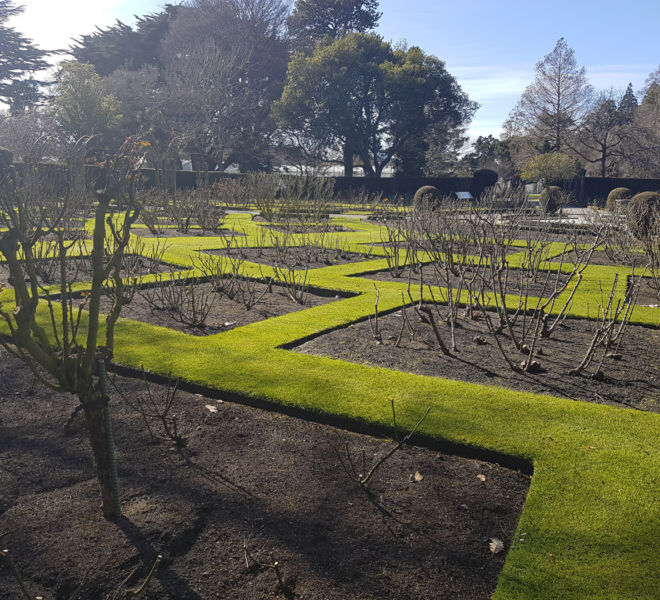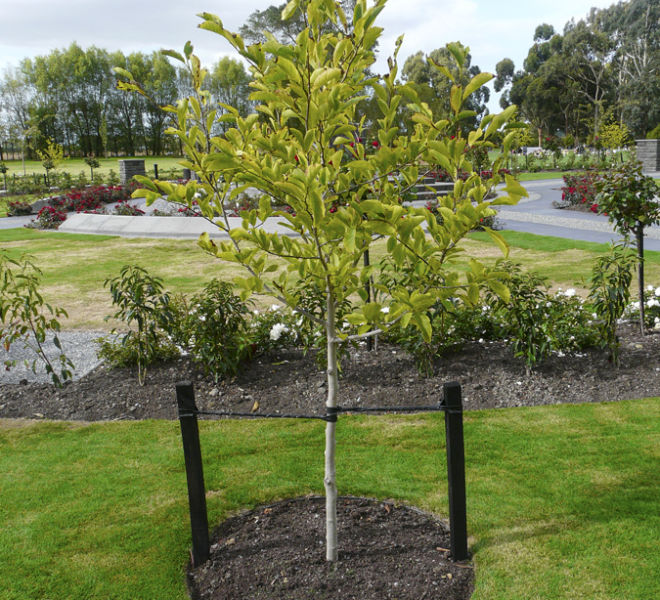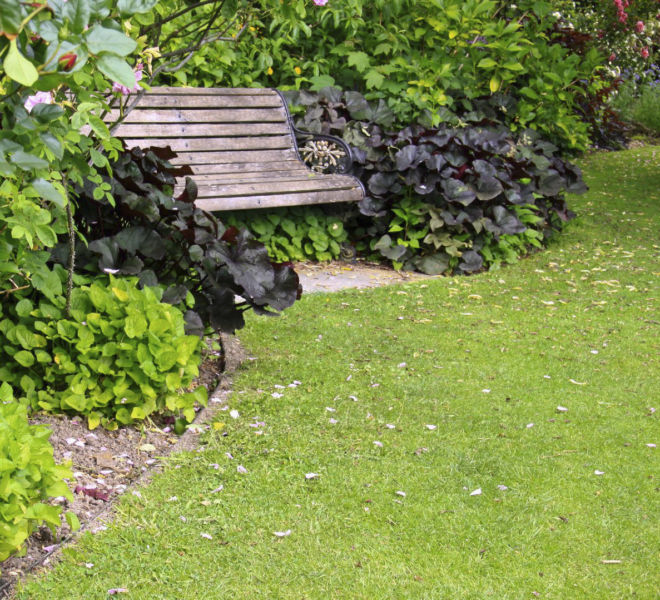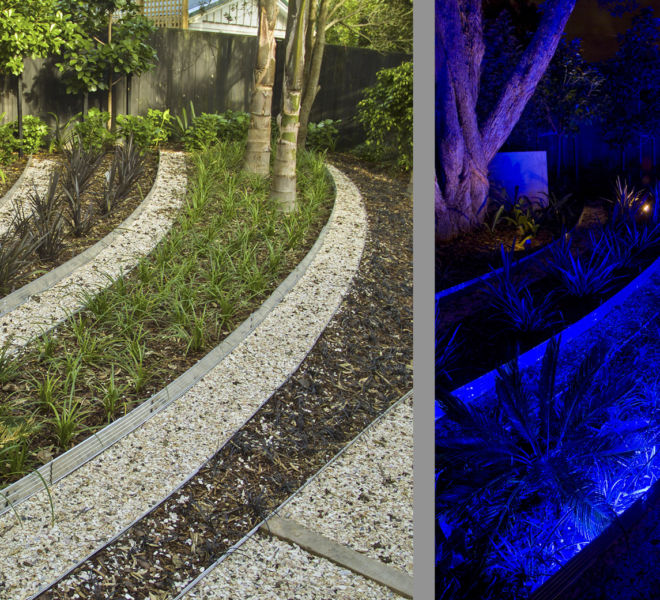Why Rite-edge?
What is Edging?
An edging is any material that is used to create a boundary between two areas of a garden whether it be two areas of lawn, an area of lawn to gravel, lawn to border, or lawn to pathway, etc. The aim is to provide a neat finish that clearly marks the boundary between different areas of your garden, whilst reducing garden maintenance.
Above ground edging is usually decorative and can be stone, wood or metal. Below the ground, or flush edging, is usually made of rubber, plastic or metal and is often used to maintain a neat edge along a drive or pathway.
Edging can:
- Show off your flowers and shrubs
- Give you a permanent professional finish
- Add to the design of your garden
- Compliment and contrast surrounding buildings and the remainder of your landscape
- Adapt to straight or curved areas with equal ease
Edging can:
- Help contain the mulch that you put around your flowers
- Help protect the base of young trees and garden ornaments, etc. from strimmers/mowers
- Save trimming and weeding time
- Give you a cleaner mowing and strimming line
- Provide a root barrier to prevent invasive lawn grasses from entering flowerbeds
- Add value to your landscape without necessarily spending a lot of money
- SAVE YOU HOURS!!!
The Options and the Cost
A wide variety of edgings exist with varying costs and benefits. The main types are detailed below and are summarised in the comparison charts which follow.
The Choices:
Wood – This is a traditional method used to give a natural finish, yet today decorative “fence” or log roll versions are available. Railway sleepers are also popular for larger areas. Wooden edgings are a safe and relatively low cost option, yet it will need replacing every few years as with time they rot and are easily damaged by lawnmowers, vehicles, people and animals.
Plastic – A wide variety of cheap plastic edgings exist that are most commonly used for light applications in small domestic gardens. Certain plastic edgings are mower-resistant, yet with time they work themselves out of the ground and get damaged when mowing. With time plastic becomes brittle due to prolonged UV exposure and sharp, cracked plastic can be particularly dangerous in areas where children may be playing and it will need replacing more often than metal and concrete edgings.
Metal – Various types exist. These include aluminium, steel and iron. Metal edges can create a variety of looks from traditional to modern and the price can vary massively. Aluminium edging is increasingly specified in the designs of landscape architects and garden designers, as it is light, strong and extremely flexible. It is maintenance free and lasts forever. Iron and steel both rust meaning they will need replacing at some stage and could become dangerous in areas where children may be playing. They are also very heavy materials making delivery and installation more tricky/expensive.
Stone, brick or concrete – These edging types often give a more formal appearance but they can be expensive. Installation can be tricky, especially when sharp curves are required. Weathering can also be a problem. Brick and stone can ruin a mower blade.
Living – An alternative edging method is to use living plants although these may get damaged by the mower. It is also a time-consuming edge to maintain and may not look neat in all seasons.
Natural – The cheapest option is not to use an edge, but to cut a v-shape into the sod with a spade. This may be ok for a small garden, but it takes significant maintenance and is difficult to get a professional look.
Christchurch Botanic Rose Gardens
Rite-Edge is installed extensively in both the Formal Rose garden and Heritage Rose gardens within the Christchurch Botanic Gardens.
Traditionally the beds had cut edges which were time-consuming and costly to maintain. The paths between the beds had become eroded and needed to be reshaped.
The garden now has permanently neat edges that are quick and easy to trim with hand-shears, saving time and money in maintenance and improving a beautiful public space. Natural Rite-Edge is also cost effective protection for individual trees.
Domestic Installations
In this modern Auckland garden, Natural Rite-Edge was used both at ground level to separate the garden and shell paths, and also fully raised above ground as an architectural feature. The client installed blue LED strip lighting behind the raised Rite-Edge for a fabulous night-time effect.
Black Rite-Edge used as a lawn edging to create sweeping curves and straight lines.
Why Aluminium?
The evidence above suggests that the best all round material for lawn edging is aluminium.
Manufactured in aircraft grade aluminium, Rite-Edge never rusts, rots or needs repainting making it ideal for coastal/marine environments.
Rite-Edge comes in long lengths (2.44m), has a telescopic design and is easily cut and shaped making installation straightforward.
Rite-Edge is available in four colours to match or contrast with your existing landscape and suits lawns, borders, flowerbeds and pathways.
So why not put edging your lawn to bed with Rite-Edge?
Rite-Edge is supplied with full installation instructions.





